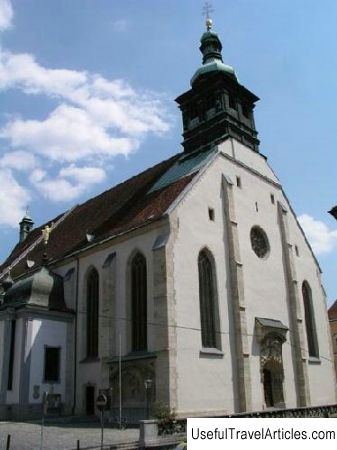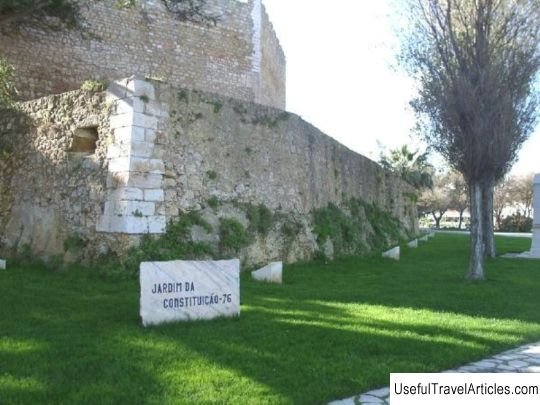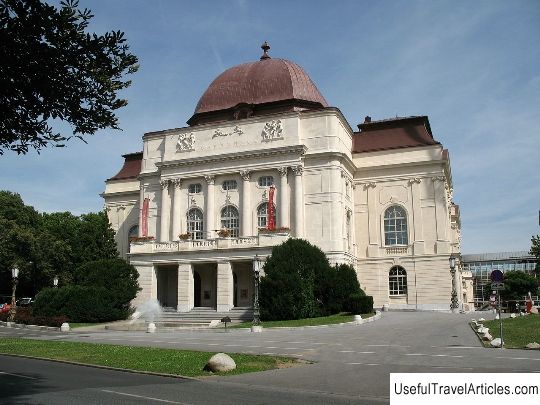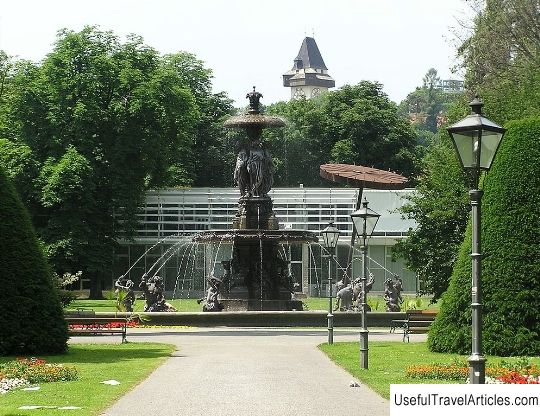Cathedral of St. Egidius (Grazer Dom) description and photos - Austria: Graz
Rating: 7,6/10 (100 votes) 
St. Egidius Cathedral (Grazer Dom) description and photos - Austria: Graz. Detailed information about the attraction. Description, photographs and a map showing the nearest significant objects. The name in English is Grazer Dom. Photo and descriptionThe Cathedral of St. Egidius serves as the cathedral of the large Austrian city of Graz. It is located in the center of the city and rises on the same hill as the city's castle. Previously, the cathedral was connected to the palace by a two-story passage, but at the end of the 19th century, this building was destroyed. The temple itself was built in the middle of the 15th century and has remained almost unchanged since that moment. The first church dedicated to St. Egidius appeared on this site in the 12th century, and in 1438 the construction of the modern cathedral began , simultaneously with the construction of the Graz castle. After the side chapels were added to the church in the middle of the 17th century, its appearance no longer changed. In 1786, the Cathedral of St. Egidius received the status of a cathedral. The interior decoration of the temple is much more interesting than its strict appearance, in which, however, it is worth noting the western portal, decorated with graceful statues and carvings. Most of the details of the interior of the cathedral were added during the arrangement of the side chapels - that is, in the middle of the 17th century, so the dominant style here is the Baroque. However, it is necessary to note the painting on the ceiling of the building, made in the Gothic style and preserved since 1464. And the most ancient part of the building is the chapel of St. Barbara, which previously served as a sacristy - it was finished back in 1438. Another chapel that has survived from the very beginning of the construction of the temple is the Friedrichskapella, which exhibits a unique masterpiece of late Gothic art - the Crucifixion by Konrad Leib, executed in 1457. Previously, this Crucifixion was part of the main altar of the cathedral, but in the 17th century, all Gothic altars were replaced by Baroque ones. It is worth noting that the Cathedral of St. Egidius is combined with the nearby mausoleum of Ferdinand II, built in the form of a typical Jesuit church in the style of the Mannerism era - a kind of "intermediate link" between the Renaissance and the Baroque. The Holy Roman Emperor Ferdinand II is buried here with his family. The interior decoration of this funeral chapel, made in the Baroque style at the end of the 17th century, amazes the imagination with its wealth and luxury.       We also recommend reading Church of St. Francis of Assisi description and photos - India: Goa Topic: Cathedral of St. Egidius (Grazer Dom) description and photos - Austria: Graz. |




